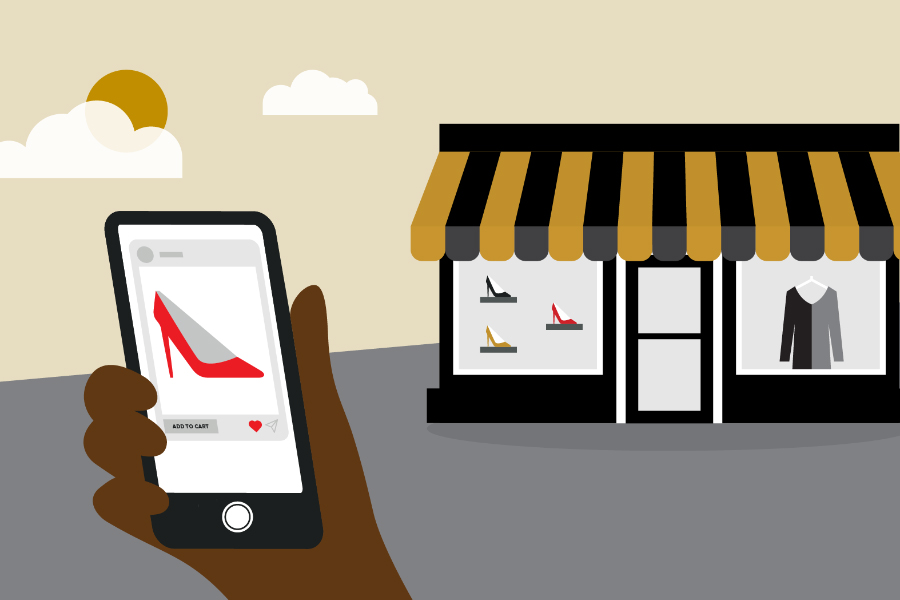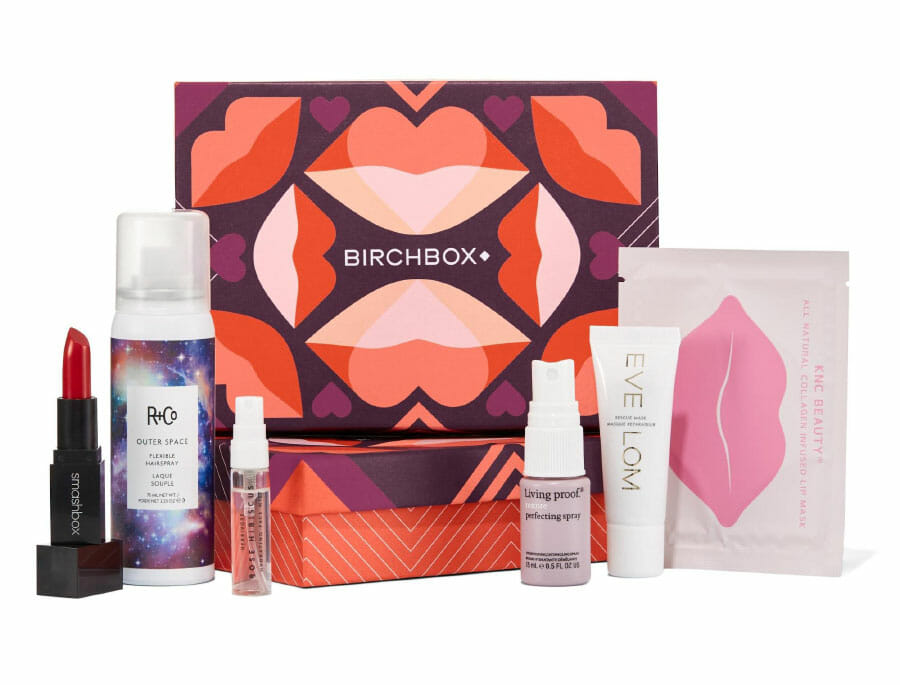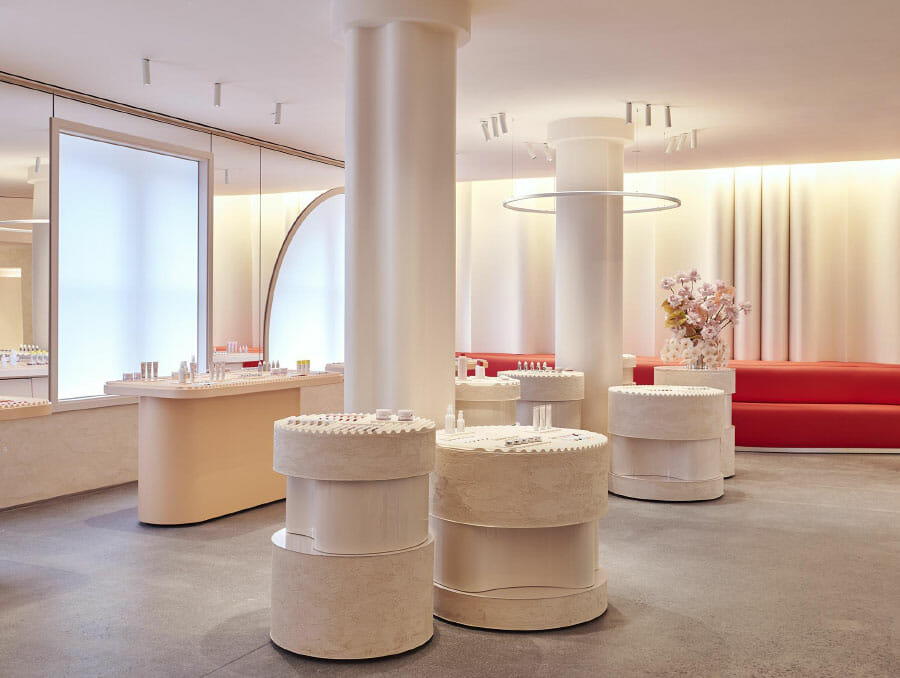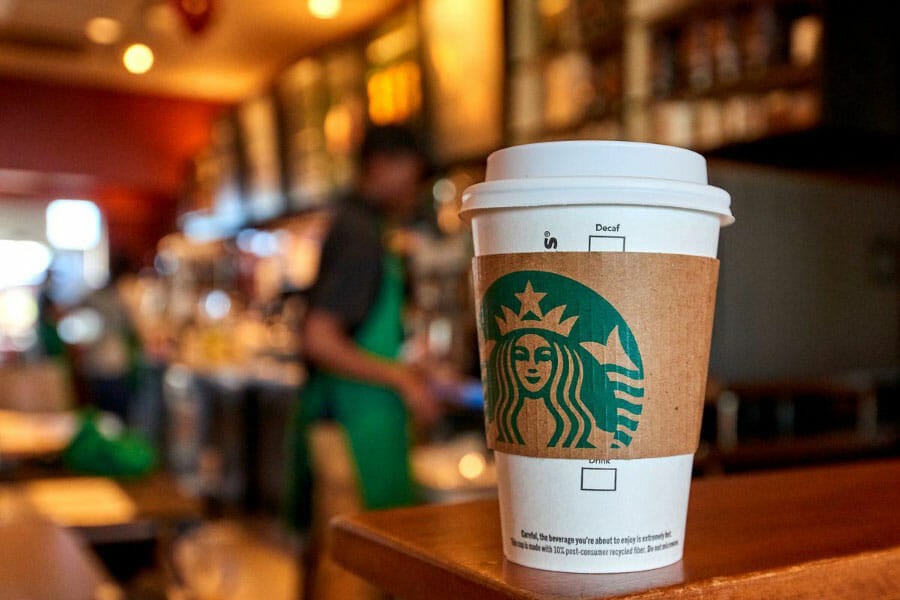Logistics
Warehousing & Fulfillment
Transportation
E-commerce
E-commerce Fulfillment Services
Lease & Maintenance
Semi Trucks
Supply Chain Technology
Logistics
E-commerce
Lease & Maintenance
Buy Used Trucks

It used to be that we would pop into a brick-and-mortar store, browse for a bit, and make a purchase. If we shopped online, the journey would follow a similar pattern – browsing, purchasing, and delivery would be siloed to one channel.
Today, things are very different. Consumers don't want silos between selling channels; they want to be able to shop in a way that suits them. Retailers that don't cater to this desire for fluid shopping journeys will find it hard to stay relevant in a marketplace that's growing increasingly customer centric.
But you can meet this challenge head-on by implementing an O2O (online to offline) approach to selling and customer care. But what exactly is O2O, and how can you incorporate this strategy into your business effectively?
O2O commerce stands for online-to-offline commerce, is a retail strategy and business model designed to entice customers into finishing their shopping journeys at brick-and-mortar stores after beginning their shopping journeys online. By blending the capabilities of online and offline channels, O2O commerce aims to maximize convenience and flexibility for consumers, resulting in increased sales and customer loyalty.
In an O2O business model, offline and online platforms complement rather than compete with each other, enabling online shoppers to find the best of both worlds via capabilities such as in-store pickup, home delivery, and superior in-store experiences.
For example, online channels such as e-commerce and social media offer easy browsing of vast product catalogs. But the inability to try items ahead of purchasing leads to much higher return rates for online purchases than in physical stores. Options like BOPIS (Buy Online, Pick-Up In-Store) give customers the convenience of purchasing online and testing products in-store before taking them home.
By driving shoppers into physical stores to make purchases or pick up items purchased online, O2O commerce creates more seamless customer experiences both online and offline.
Online to offline commerce is often confused with omnichannel retail, as both approaches are designed to bridge the divide between online and offline retail. However, their end objectives are quite different.
Where omnichannel integrates online and offline channels into one ecosystem, O2O commerce aims to bring online customers into offline stores, prioritizing a particular shopping journey rather than the multiple touchpoints that exist across omnichannel retail journeys.
We've all heard the reports. Brick and mortar stores are dying because consumers gravitated to online shopping…or are they?
While online channels and the COVID-19 pandemic have shaken up the retail industry, it hasn't made the brick-and-mortar store obsolete. According to The State of Consumer Behavior 2022, nearly half of consumers say that they prefer to shop in physical stores over online stores because:
Not surprisingly, these are all areas where e-commerce struggles to deliver. The inability to test and try products when consumers order online is one of the main reasons behind high e-commerce return rates, while online storefronts often lack the immersive brand experiences that attract customers.
Despite this, tolerance for poor in-store experiences remains low, with 54.6% of survey respondents saying they have abandoned a brand because of a single bad in-store experience.
In sum, O2O commerce enables retailers to find the best of both worlds - but the bar is extremely high. Online to offline (O2O) commerce offers consumers superior product and brand discovery opportunities via digital marketing strategies, while making it easier to bring these insights to their local store for a more streamlined, satisfying shopping experience.
Although we often think of online shopping as the height of convenience, this isn't always the case in practice. Late delivery, a poor returns process, and difficulty obtaining help from customer service representatives are just some of the reasons that online shoppers get frustrated with e-commerce businesses, all of which negatively affect brand reputation.
By contrast, the physical storefront offers potential customers a much more immediate experience; there are store associates ready to lend a hand, and often a kiosk to make returns. With the power of online to offline (O2O), consumers can truly get the best of both worlds.
One of the biggest benefits of being an online business? You have access to a virtually unlimited pool of potential customers. By comparison, store owners have to rely on foot traffic walking past and feeling curious enough to venture inside.
The most important part of being a successful retailer is ensuring that you meet customers where they're at. And increasingly, they're online. Platforms such as TikTok and Instagram are increasingly influential as brand and product discovery tools, especially among Millennials and Gen Z. In sum, online to offline commerce is a sophisticated business strategy that enables you to capture the interest of shoppers online in order to drive them to your storefront.
It's commonly cited that e-commerce has much lower overheads than physical stores, yet the overheads that remain can be substantial. The cost of fulfilling, shipping, and processing returns - especially during the holiday season - can seriously erode your profit margins one retail sales.
Thanks to O2O commerce, you can encourage customers to opt for options that are more cost-effective for your business. For example, you can offer shoppers a choice between free curbside pick-up and paid home delivery on your e-commerce site, or free in-store returns and exchanges to incentivize consumers to pick replacement products in-store.
BOPIS is not a new retail invention but has experienced a massive uptick in demand in the past few years. With many consumers wanting to minimize time spent within physical store settings during the pandemic, offering in-store pickup presents a perfect solution for both retailers and customers.
BOPIS utilizes the superior browsing capabilities of online channels, while giving consumers the instant gratification of visiting a physical store to collect their purchase. Store pick-up can have orders ready in as little as an hour, which even same-day home delivery struggles to complete with.
This online to offline offering also gives retailers a major competitive advantage. BOPIS guarantees more customers visiting physical stores to pick-up orders, which offers additional opportunities for further conversion. Almost half of all BOPIS customers have decided to shop in-store and make additional purchases while coming to pick up items purchased at an online store – a major source of revenue only made possible for online to offline commerce.
While click and collect is growing in popularity, home delivery is never going to go out of fashion. Thanks to the COVID-19 pandemic, more shoppers than ever before are purchasing goods online at least some of the time. It's worth remembering that BOPIS and curbside pick-up won't be suitable for everyone. Customers who live a long way from your store, or who are buying oversized or heavy items, may prefer to deliver purchased items at home. You should always have a range of home delivery options to suit different price points and delivery timeframes, including economy and expedited shipping.
Online to offline commerce doesn't just include the initial shopping journey, but any actions that customers want to take after completing their purchase.
In-store returns are experiencing growing popularity with consumers who don't want to deal with the hassle of mail-in returns. 62% of potential customers say they are more likely to shop online if they can return their purchase to a physical store, a clear sign that O2O commerce is also integral to the post-purchase customer experience.
In-store returns simplify the returns process for both retailers and customers because returns processing and refunds or exchanges occur simultaneously. This means faster service and the ability to return items to stock for resale straightaway at the offline store. Furthermore, retailers can save money on return shipping by sending returned merchandise back into the warehouse in bulk, rather than as individual orders.
For all the benefits of selling online, it's hard to beat the allure of a curated in-store experience.
This is exactly what many D2C e-commerce brands are learning as acquisition costs rise due to intense competition in the marketplace. There might be a lot of eyeballs on mobile apps and digital ads but getting in front of the right ones isn't an exact science.
A physical retail location gives digitally-native brands the ability to create awareness amongst new demographics who might not have visited their online store. Tactile, immersive retail experiences help to build a buzz around your brand in a way that cannot be achieved online.
But to open physical stores is a major - and expensive - step for D2C brands. It means adjusting their entire distribution system, making new hires, and taking on massive overheads. Thanks to the rise of temporary pop-up stores, either in rented space or at an existing retail store, online brands can test the waters of offline sales with much less financial risk.
As well as testing out certain neighborhoods for future permanent stores, popups are a great way to trial different retail concepts, seek feedback from customers, and sell special merchandise in addition to selling products online.
Unlike many other traditional retailers, Nordstrom has adapted to an increasingly hybrid retail landscape. In 2019, its flagship store generated just 38% of revenue, according to Fortune, while the rest came from its e-commerce storefront and discount division, Nordstrom Rack. While several store closures were announced, 2019 also saw the opening of its seven-level, 320,000 square-foot flagship store in New York City.
What Nordstrom has done is to place a foot firmly in both camps by offering an array of value-added services online, including in-store returns, in-store pickup, and personal shopping, to create a mutually reinforcing retail strategy that puts physical stores at the very center.

Leading beauty subscription brand Birchbox first experimented with brick and mortar in 2015 with its ‘Birchbox tour' of pop-up storefronts around the United States. These pop-ups featured exclusive products, manicures, and even astrology readings to enhance the power of brand storytelling.

One of the world's most iconic digital beauty brands, Glossier's online marketing strategy has built a loyal following across social media thanks to constant engagement with customers.
Yet it's no longer enough to sell online directly to become profitable; Glossier was faced high-profile struggles over the past year, including laying off a third of its workforce, due to growing competition and shrinking online sales. In response, Glossier has expanded its store network and also entered into a new partnership with beauty retailer Sephora, enabling them to offer a much broader range of online to offline services.

Although a solidly offline business, Starbucks has harnessed the power of digital commerce to deliver even more convenient experiences to its customers. The Starbucks app now allows consumers to place orders at their chosen outlet, so they can skip queues and have their order ready for pick-up as soon as they arrive.
By embracing online channels to drive offline retail sales, Starbucks gains a competitive advantage and creates a more positive customer experience for loyal Starbucks shoppers.
O2O commerce marks a shift in how we conceptualize retail; a satisfying customer experience is no longer just about customers finding the perfect product, but helping them to navigate from website to storefront with as little friction as possible.
Consumers are voting for flexibility in ever greater numbers. Make sure that your business is on the right side of this shift away from solely online channels to incorporating the brick-and-mortar store.
Whether it's being able to return items in-store, pick up orders, or head to the latest pop-up, these online and offline commerce strategies add valuable touchpoints with customers and give D2C retailers a major competitive edge over brands that are restricted to the e-commerce space.